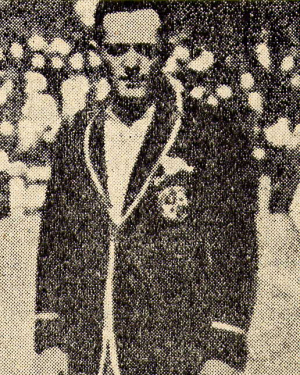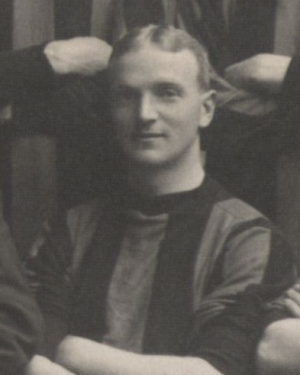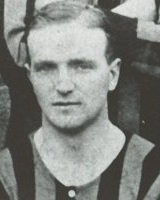Todos los entrenadores de la historia
After the departure of O'Hagan, the former Sevilla player took over as coach of the 'Blanquirrojo'. He achieved important victories in friendlies against important opponents and lifted the seventh Andalusian Cup title with a 3-0 win over Real Betis. His elimination from the Spanish Cup at the hands of Atlético de Madrid led to his departure as coach. He continued his career as a referee.
After a brilliant playing career at various clubs in Ireland, England and Scotland, earning up to eleven caps for Ireland between 1905 and 1909, Mr O'Hagan enlisted in the British Army during the First World War, spending three years on the French and Belgian fronts.
He would later begin his coaching career at Norwich City in England, arriving in Seville in 1923 under the guidance of the shipping clerk MacAndrew as Mr. Evans, a famous member of the club. He could be considered the first proper coach of Sevilla FC. During his time at the helm of Sevilla (1923/24 season), O'Hagan managed to retain the Andalusian championship title for the club, counting all his matches as victories in that competition.
During the early years of the club, as early as 1890, the functions of what we understand today as the figure of the coach would be assumed by the captain of the team, thus continuing the British tradition, embodied in the inheritance received through many of the founders of the club. Thus, the position of captain was reserved only for the chosen ones, as his functions went far beyond wearing an armband or being the first player to take the field.
The captain was the man in charge of selecting the players and establishing their positions on the pitch. Therefore, he had to be a man of strong personality, with a gift for leadership and firm in enforcing his instructions.
He also had to be a good enough player to be in the first team, having a perfect knowledge of the game and its rules, because in case of any conflict, in the absence of a referee, he and the opposing captain were in charge of settling it.
His position was usually in defence, as this was the place from where he could best see and direct the play of his men during the contest. In this way, we could say that Hugo MacColl, Sevilla FC's first captain, was the first person in charge of directing the Sevillista ship on the pitch.
The figure of the coach, as we know it today, was not definitively established in Spanish football until well into the 1920s, with the first signs of professionalism. Until then, different members of the Sevillista club - captains such as Valenzuela, Alba, Tornero and the legendary Kinké, the great architect of the emergence of the Sevillista school - would later take up the baton left by Hugo MacColl to lead his men to victory. At the same time, as the 20th century progressed, other members of the club, club members such as Eugenio Eizaguirre and Arturo Ostos, began to act as first team coaches.
It was not until the arrival of Irishman Charles O'Hagan that there could truly be considered to be a coach in the modern concept of the role of a coach.



 Spanish
Spanish
 English
English
 عربي
عربي
 中文
中文
 日本語
日本語



